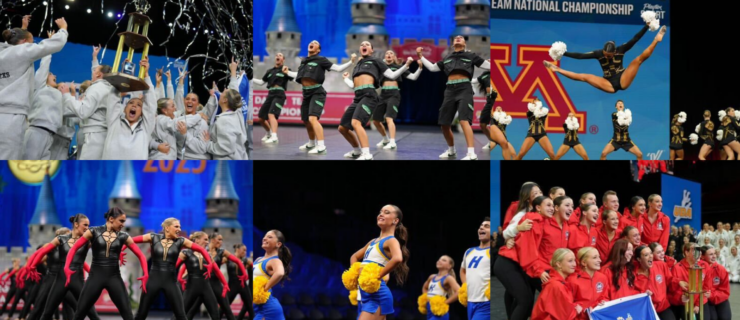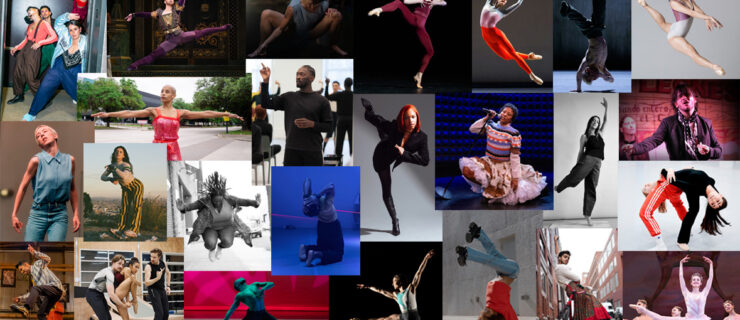Pom 101: Our Top Tips For Pom Routines
When it comes to dance team, you know you’ve got the “dance” part of the equation down cold. But the pom work? Not so much. Maybe you’re afraid it’ll be too much like cheerleading, or that you won’t understand the terminology. To help, we spoke with three college dance-team coaches to find out what you can expect in practices, and how dancers can easily transition to working with poms. You’ll be surprised at the strength, sharpness and body awareness that can be learned from this flashy style!
Pom Prep
Pom routines require a lot of endurance—keeping your shoulders down and arms strong for two to three minutes is harder than you’d think. “In the studio, you have exits and entrances or brief moments to breathe, but in pom, you’re engaged the whole time,” says Amanda Gaines, coach of the University of Minnesota Dance Team. “Cardiovascular workouts aren’t enough; you also need to have good arm strength to maintain your energy.” Sharp arm movements require strong shoulders and a solid core, so work on holding center and side plank positions for one minute, maintaining good form with your shoulders down and in line with your hips. Your shoulders, arms and upper back can also be strengthened with push-ups, tricep dips and basic exercises with weights, such as bicep curls. “Many of our team members also use yoga to get into shape for the season,” Gaines says.
Team Practice Tips
Poms may not be used during the first few practice sessions—you’ll have to practice with closed fists—but that doesn’t mean those practices won’t be strenuous. Marca DeCastroverde, coach of the University of Nevada, Las Vegas, Rebel Girls, starts the season with motion drills to work on placement and timing. Pom requires extreme sharpness in its movements. “To sharply stop in a position, dancers must tighten their arms, not their wrists. A tight wrist will cause a broken line,” says Shannon Fry, director of the University of Missouri Golden Girls. Specific drills will teach you the proper arm pathways to transition from one position to the next, as the movements must be completely in sync. For example, a coach might count “High V on 1, hold 2, hold 3, half-T on 4, hold 5, down 6, daggers 7, T on 8.” The exercises will start slow, then build in speed as the team masters the moves. Be aware, though, that holding your poms too tightly can lead to carpal tunnel or tendonitis. “I remember going to my college trainer for wrist pain and being told I had tendonitis. I was doing wrist exercises with one-pound weights next to all of the 300-pound football players!” Gaines says. To prevent injury, “think of the energy extending all of the way out through your fingertips rather than stopping at your wrists.”
Rocking the Stadium
Pom performances feel and look very different from dance-team jazz or hip-hop pieces. Choreographers can create visually appealing routines without as many tricks because the poms themselves add so much flash. “Pom is all about the visuals, not necessarily the skills,” Gaines says. Dancers may also be accustomed to incorporating their own style into their dancing, or emoting to match the words of a song, but pom routines are all about unity, sharpness and clarity. “We think about the big picture,” Fry says. “Our movements are large and sharp to make sure everything is crisp and visually appealing.” Thinking about body placement as well as pom choreography simultaneously is a skill that takes a lot of practice to master, but with the help of coaches and teammates the poms will eventually start to feel like a natural extension of your movements. All you’ll have to worry about is having fun performing!



